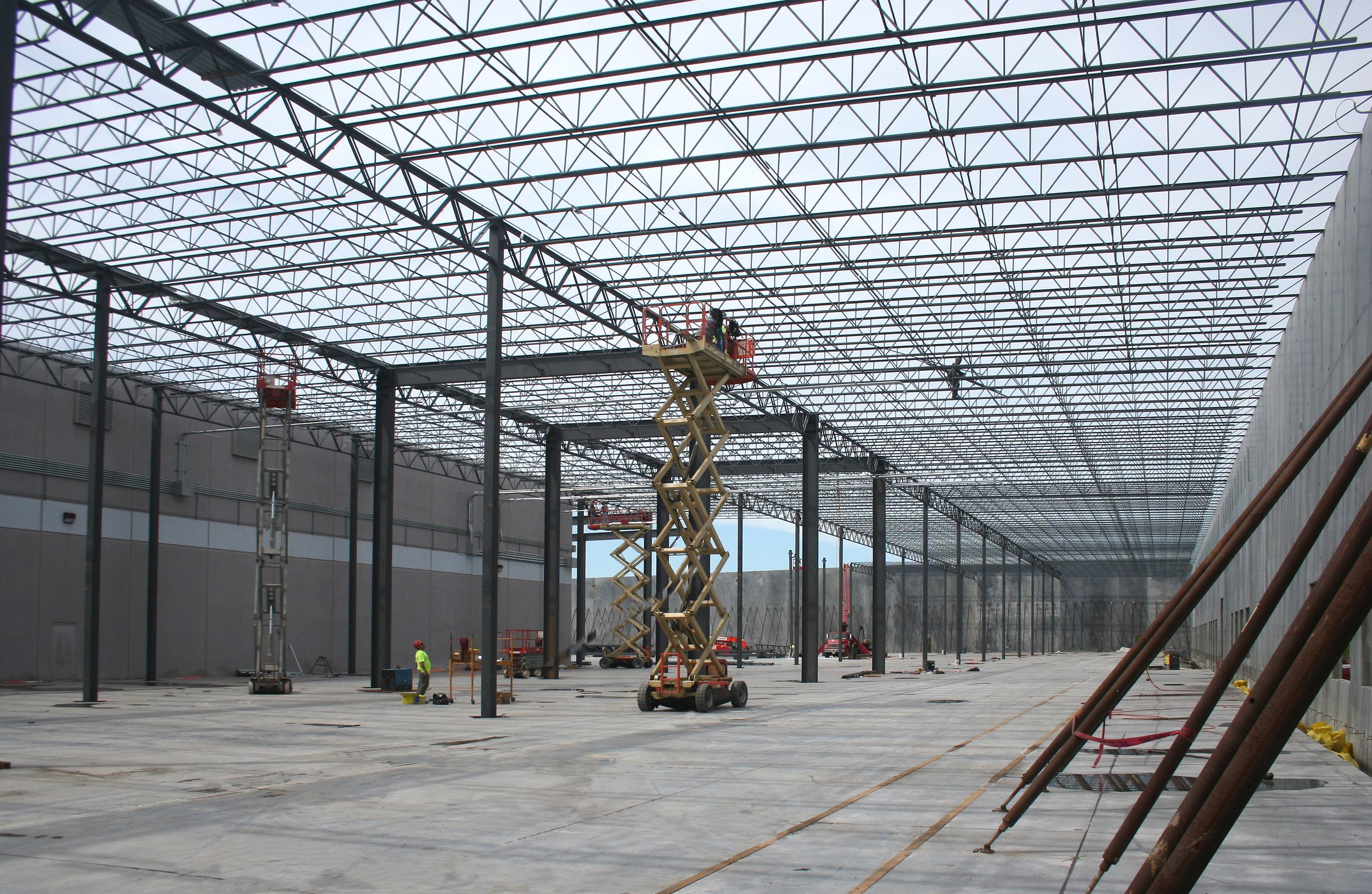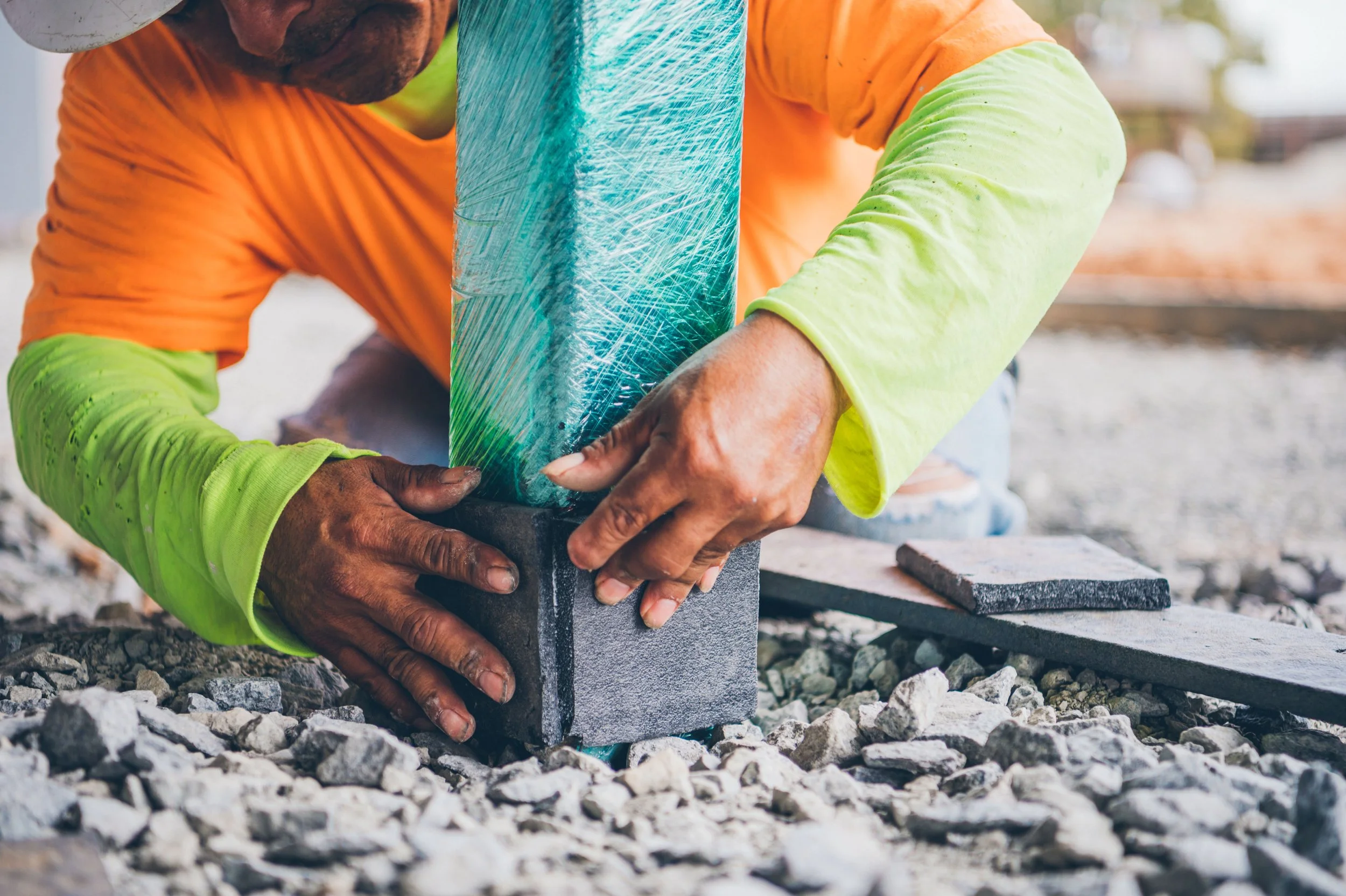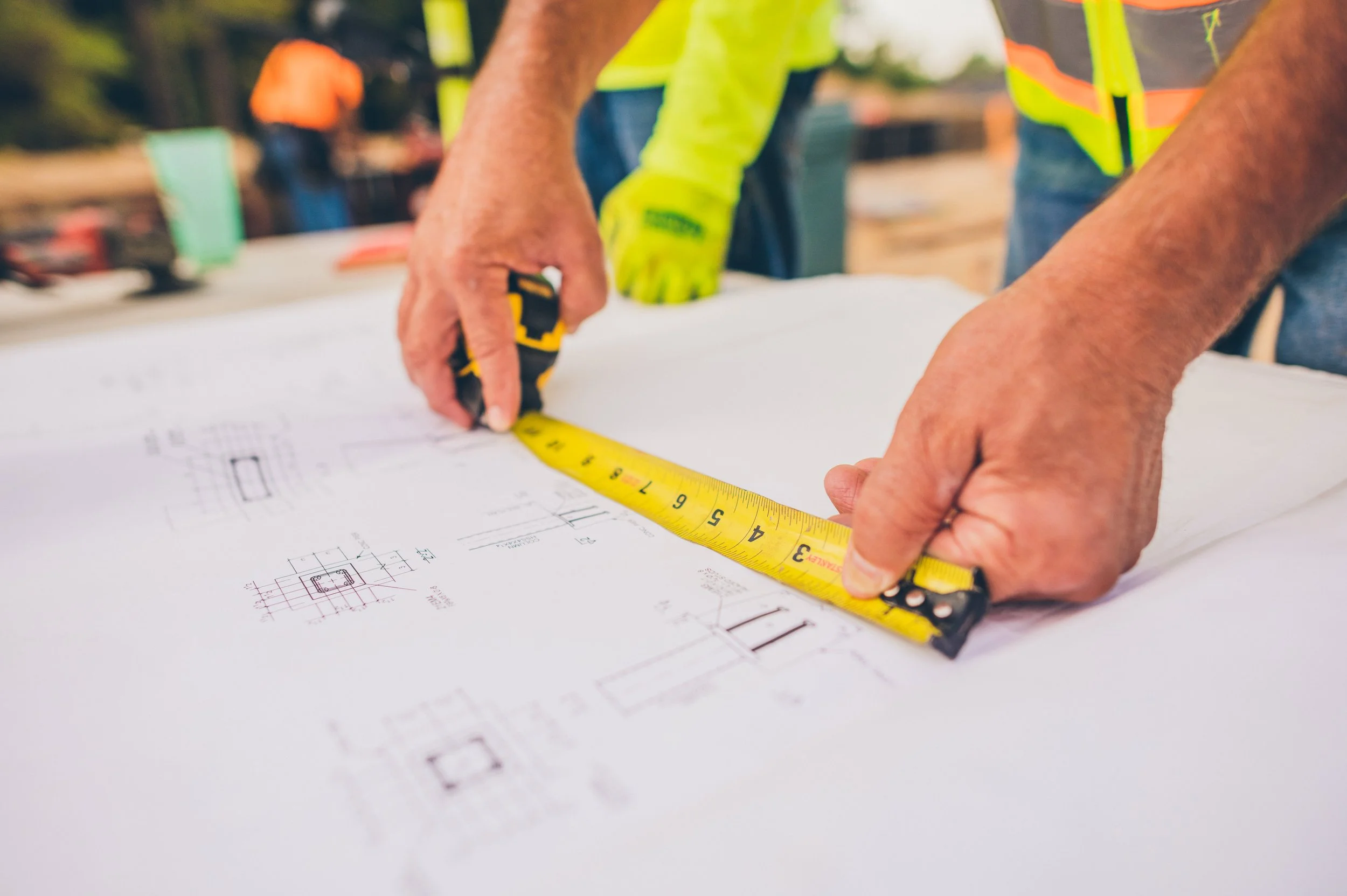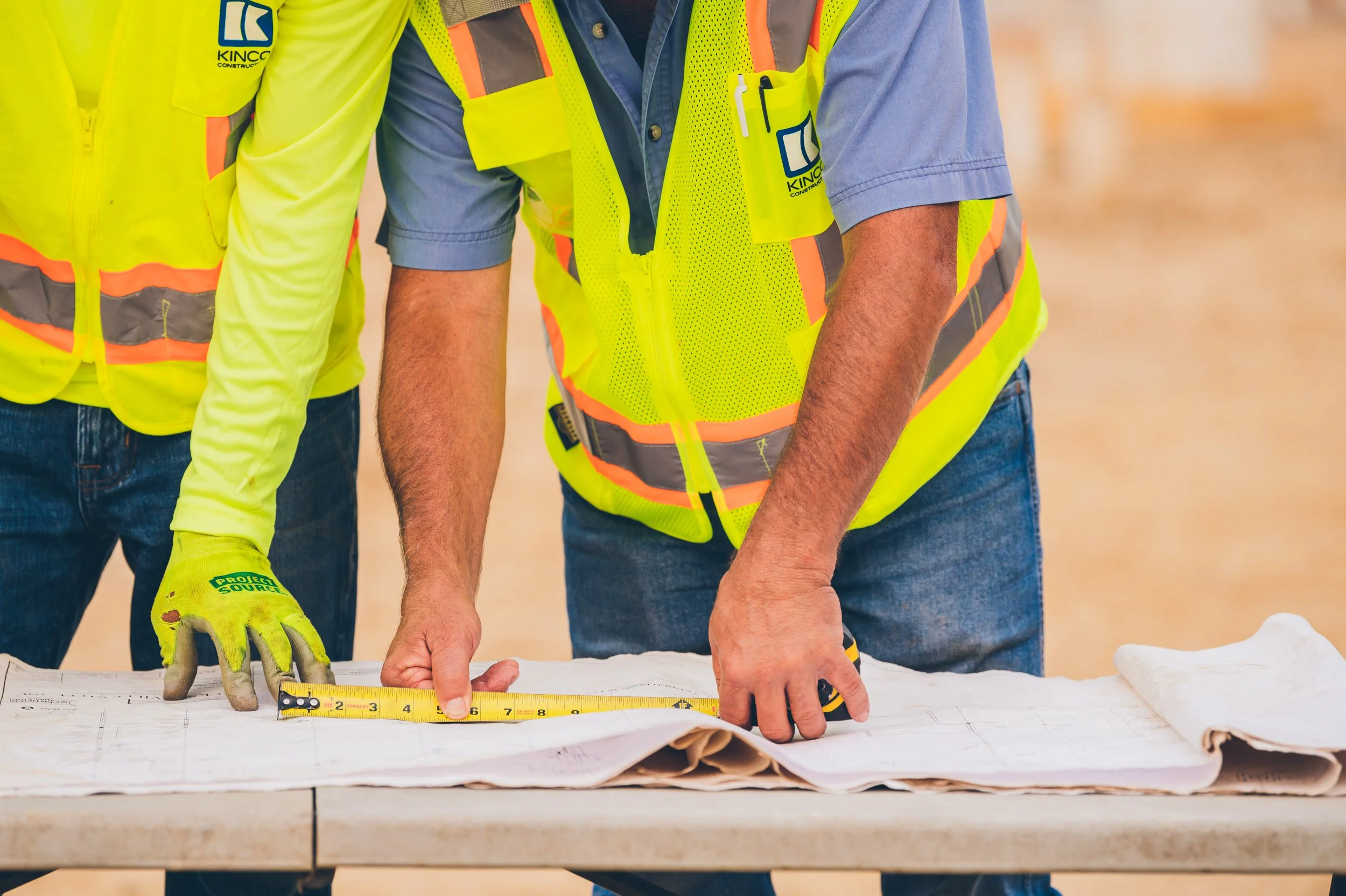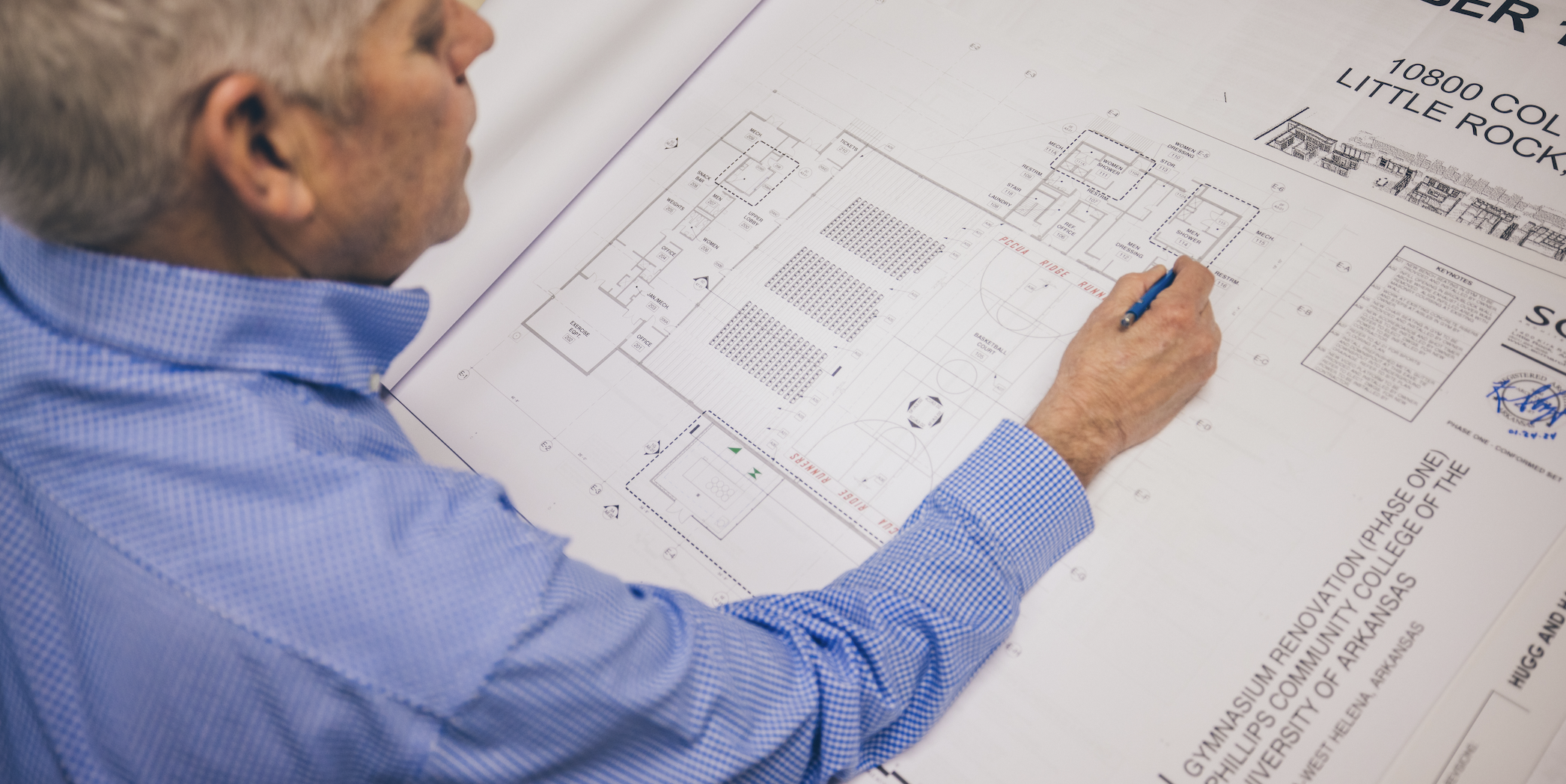
DESIGN-BUILD

Design-build is a project delivery method in which one entity—the design-build team—works under a single contract with the project owner to provide design and construction services. Re-integrating the roles of the designer and constructor results in one entity, one contract, and one unified flow of work from initial concept through completion.

SINGULAR RESPONSIBILITY
With both design and construction in the hands of a single entity, there is a single point of responsibility for quality, cost, and schedule adherence. The design-builder is motivated to deliver a successful project by fulfilling multiple parallel objectives, including aesthetic and functional quality, budget, and schedule for timely completion. With design-build, the owner can focus on scope/needs definition and timely decision-making rather than on coordination between the designer and builder.

QUALITY
The singularized responsibility inherent in design-build serves as a motivation for quality and proper project performance. The owner’s requirements and expectations are documented in performance terms, and it is the design-build entity’s responsibility to produce results accordingly. The design-builder warrants to the owner that it will produce design documents that are complete and free from error. During the construction process, this attention to quality does not end, as the designer becomes the master builder and manages the construction of the project to completion.

COST SAVINGS
Design and construction personnel, working and communicating as a team, evaluate alternative materials and methods effectively and accurately. Value engineering and constructability are utilized continuously and more effectively when the designers and contractors work as a team throughout the design process.

TIME SAVINGS
Because design and construction overlap and bidding periods and redesign are eliminated, total design and construction time can be significantly reduced. With design-build, material/equipment procurement and construction work can begin before the construction documents are fully completed. The resulting time savings translate into lower costs and earlier utilization of the completed facility.

Reduced Administrative Burden
During procurement, design-build has the potential to reduce the owner's administrative burden. During actual design and construction, the owner is not required to invest time and money in coordinating and arbitrating between separate design and construction contacts but can instead focus on timely decision-making.

Early knowledge of construction costs
Construction costs are known far earlier than in other delivery systems. The entity responsible for design simultaneously estimates construction costs and can accurately conceptualize the completed project. Staged contracting for design-build services affords the owner one or more “go, no-go” decision points during design. The decision to proceed with the project is made before substantial design expenditures and with knowledge of the final project cost.

IMPROVED RISK MANAGEMENT
Performance aspects of cost, schedule, and quality are clearly defined, and responsibilities/risks are appropriately balanced (individual risks are managed by the party best positioned to manage that risk). Change orders due to “errors and omissions” are virtually eliminated because the design-builder was responsible for developing drawings and specifications as well as constructing a fully functioning facility.

EXCELLENCE FOR EVERY PROJECT


LET’S TALK
All projects are different, and the best delivery method for each is unique to that project. Kinco has experience with all delivery methods, and we are happy to provide consultation as you decide which method is best for your project.

